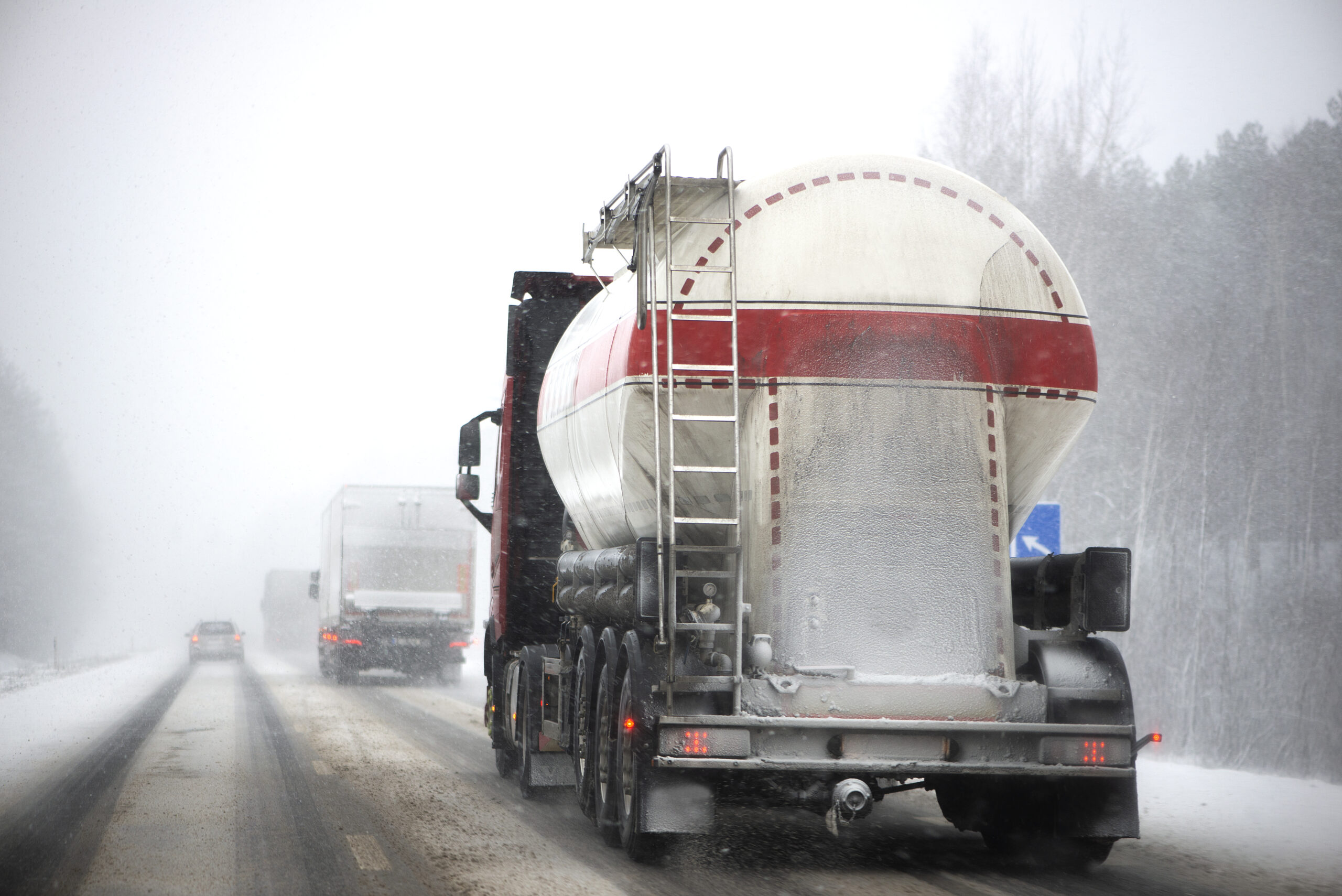How To Ensure the Safe Transportation of Fluids in the Oil and Gas Industry
The oil and gas industry is a complex and high-stakes domain that demands the utmost diligence and attention to safety. A critical aspect of this industry’s operations is the transportation of fluids, which includes oil, gas, and other by-products. The safe and efficient transportation of these fluids is a vital process that must adhere to stringent standards and practices to prevent any environmental harm or financial loss. This article will delve into the essential strategies for ensuring the safe transportation of fluids in the oil and gas industry.
Using Plugs and Caps
Caps and Plugs USA is a United States-based manufacturer of injection molded product protection pieces. Their products play an essential role in the safe transportation of fluids. Plugs and caps ensure the integrity of pipelines and other transportation equipment by providing a robust seal against leaks. These components, often overlooked, are critical in maintaining operational safety and efficiency. Their quality, durability, and reliability directly impact the safe handling and transportation of fluids in the oil and gas industry.
Understanding the Risks

The first step towards ensuring the safe transportation of fluids is understanding the risks involved. These can range from environmental hazards due to leaks or spills, to financial losses from inefficient operations, and even potential threats to human life. Risks can stem from equipment failure, operational errors, natural disasters, or even acts of sabotage. Comprehensive risk assessment is essential in identifying and addressing potential issues before they arise.
Investing in High-Quality Infrastructure
Investment in high-quality infrastructure is non-negotiable when it comes to the safe transportation of fluids. This includes pipelines, storage tanks, vehicles, and other necessary equipment. All infrastructure must be designed, manufactured, and installed to withstand the rigors of transporting fluids under various conditions. Regular maintenance and inspection of infrastructure is crucial to ensure that it remains in optimal condition and can effectively prevent leaks and spills.
Implementing Robust Safety Procedures
The implementation of robust safety procedures is another key strategy in ensuring the safe transportation of fluids. These procedures should cover every aspect of the transportation process, including loading, transit, unloading, and storage. Procedures must be clearly defined, easily understood, and strictly enforced. Regular training should be provided to all personnel involved in the transportation process to ensure they are fully aware of these procedures and the importance of adhering to them.
Leveraging Technology for Safety
The oil and gas industry has always been a leading adopter of new technology, and this extends to the transportation of fluids. Sophisticated monitoring and control systems can detect issues in real-time, enabling rapid response to prevent or mitigate any problems. Technologies such as GPS tracking, remote sensing, and automated shutdown systems can significantly enhance safety in fluid transportation.
Emergency Response Planning

No matter how stringent the safety measures are, there is always the potential for unforeseen incidents. Having a well-defined and tested emergency response plan in place is vital to minimize damage and expedite recovery in the event of an incident. This plan should include procedures for immediate response, containment, cleanup, and recovery.
Adherence to Regulations and Standards
Last but not least, strict adherence to industry regulations and standards is critical in ensuring the safe transportation of fluids. These guidelines are designed to uphold the highest level of safety and environmental stewardship. Non-compliance can result in significant penalties, not to mention the potential harm to the environment and stakeholders.
In conclusion, the safe transportation of fluids in the oil and gas industry is a complex task requiring meticulous attention to infrastructure, procedures, technology, planning, and regulations. Companies that offer protection pieces play a vital role in providing the necessary components to ensure pipeline integrity. As the oil and gas industry continues to evolve, the focus on safety during fluid transportation must remain paramount.

